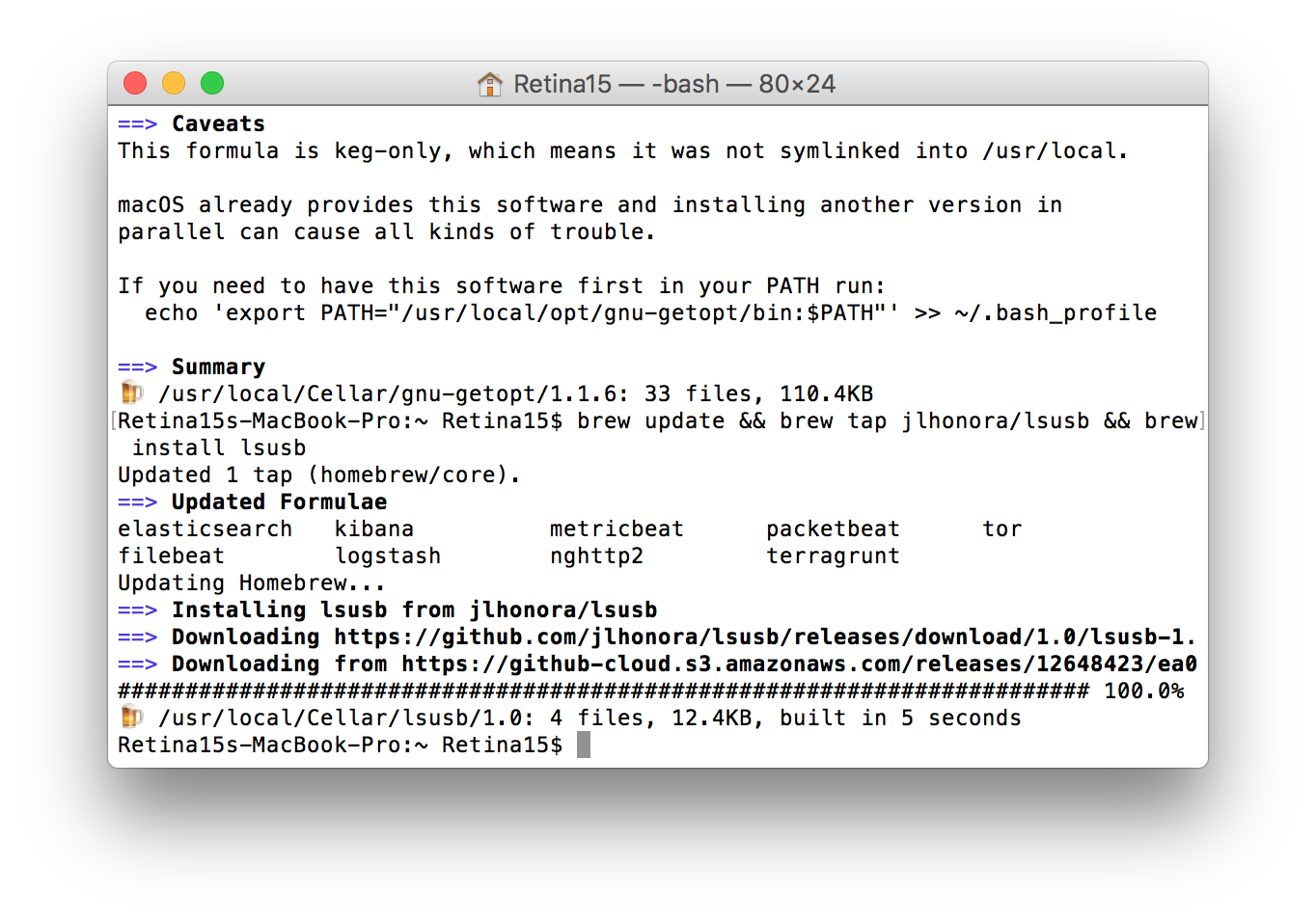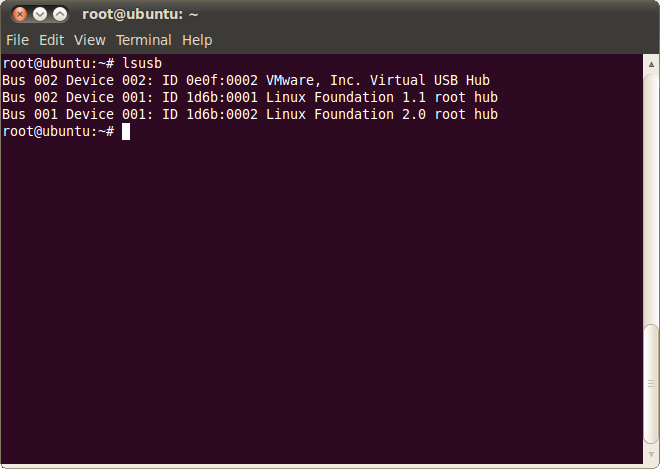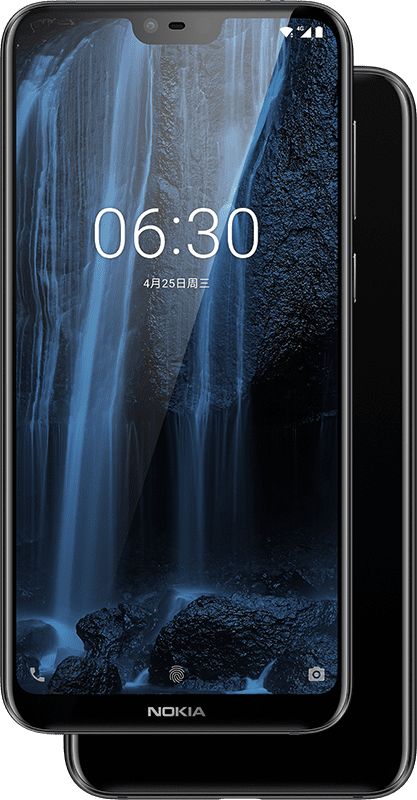

Usbview also reports the driver associated with each device, using the less than clear format “Name: uvcvideo”Ĭat /proc/bus/usb/devices will give a listing for all usb devices. Oddly, when plugged into the same port a webcam showed up under the EHCI Host Controller/USB2.0 Hub Controller but the keyboard shows up under OHCI Host Controller this probably has something to do with emulation as the keyboard and mouse are used prior to booting.

If it shows up under an OHCI Host Controller or UHCI Host Controller, it is connected to a slow port. On my system the same device shows up under EHCI Host controller on a slow port but under USB 2.0 Hub Controller under EHCI host controller on a fast port. Some devices don’t work reliably or run slower when not plugged into a high speed port.
LSUSB 2 FULL
Incidently, usbview also give you hints as to whether your device is plugged into a slow USB full speed port or a fast USB 2.0 high speed port. It does not provide as much detail as lsusb -v but it provides it in a nice tree format. Usbview should not be mistaken for the similarly named utility on windows, although the names are the same and their purpose is similar.
LSUSB 2 WINDOWS
If you create a USB flash drive to boot Knoppix or ubunto (directions on the net), create a small FAT32 partition on the flash drive so windows can easily see it. Or you can save the info on a usb flash drive or to a windows hard disk partition. You can run the firefox web browser (if your network adapter is working) and paste the information into a web form if that is all you need. If you are using a Knoppix or Ubunto Live CD, you need a way to share this information with the outside world. The verbose listing not only decodes the USB device descriptor, it also decodes the class descriptors for hub, audio, HID, communications, chipcard, and video classes. To save the information above to a file use: If you use lsusb -v without this, you get the long form listing for all devices which can be very long indeed and include a lot of irrelevant information. Compare the listings the device which disappears and then reappears from the listing is the device you want.įor this, you need the VID/PID obtained using the short form of lsusb. If you can’t tell which device is the device you are interested in, unplug the device and repeat the listing then plug it back in and do the listing again. It is normally a “$” if you are an ordinary user or “#” if you are root and is often preceeded by the name of the current directory and sometimes the machine name and username. The “$” is just the command prompt and will vary depending on system configuration. If you are already root, you can just run lsusb without the sudo.

The “sudo” command is used to run the command as root (Adminstrative User) and is needed on systems where you don’t normally log in as root. UltraX Optical Mouseīus 001 Device 001: ID 1d6b:0001 Linux Foundation 1.1 root hub
LSUSB 2 PS2
USB to PS2 Adaptor v1.09īus 001 Device 003: ID 046d:c03f Logitech, Inc.

HighSpeed Hubīus 002 Device 001: ID 1d6b:0002 Linux Foundation 2.0 root hubīus 001 Device 028: ID 0518:0001 EzKEY Corp. Run as root because on some systems, this doesn’t show all the information otherwise.īus 002 Device 049: ID eb1a:1760 eMPIA Technology, Inc.īus 002 Device 007: ID 04e8:323a Samsung Electronics Co., Ltd ML-1710 Printerīus 002 Device 005: ID 055f:0006 Mustek Systems, Inc. Linux users can, of course, just use lsusb or usbview.


 0 kommentar(er)
0 kommentar(er)
